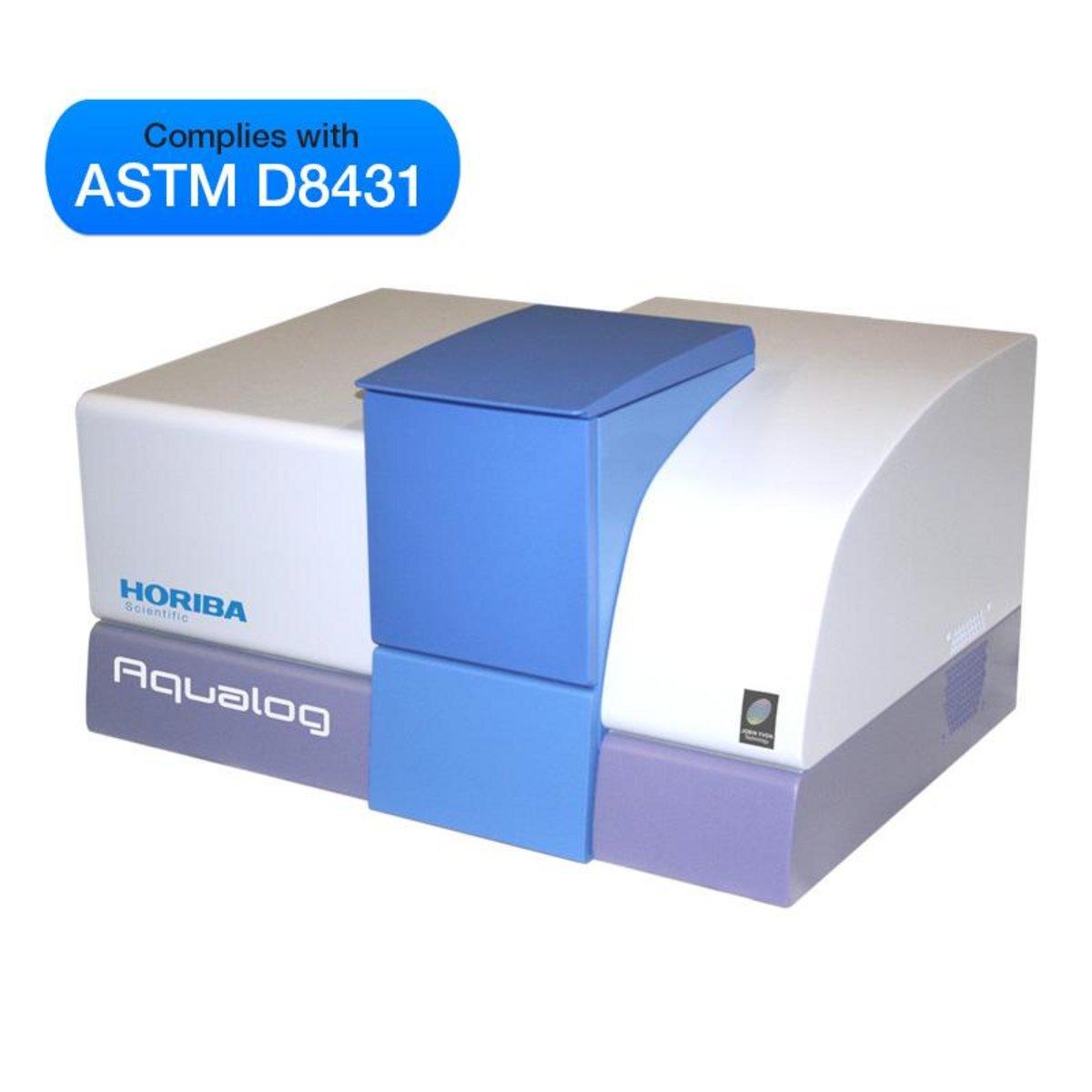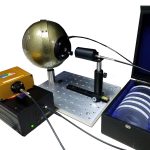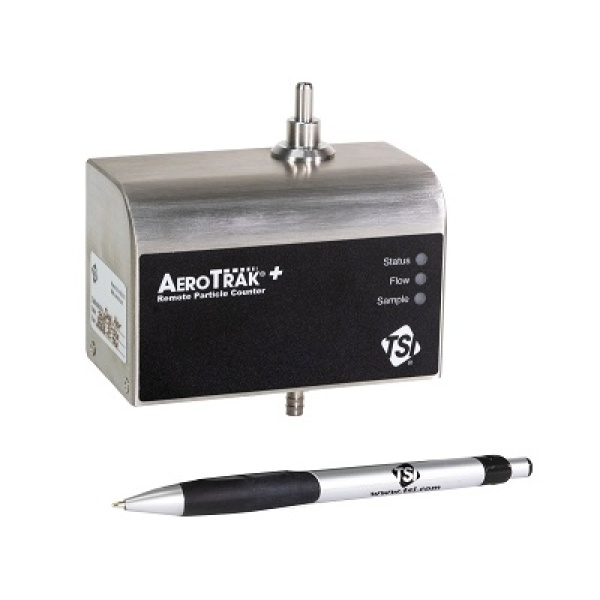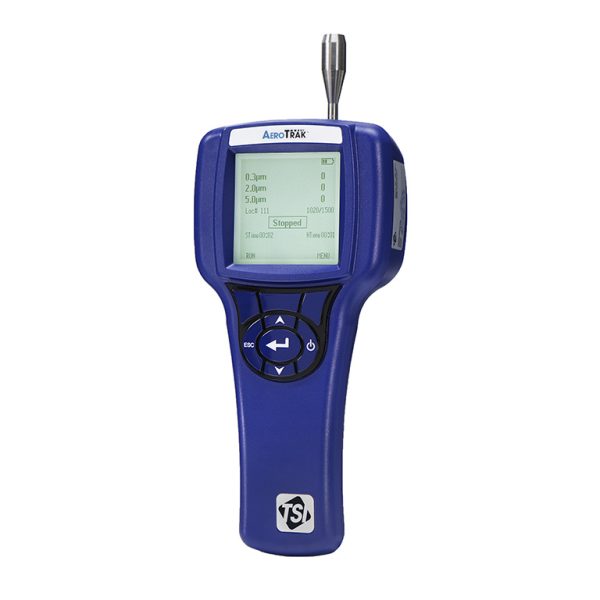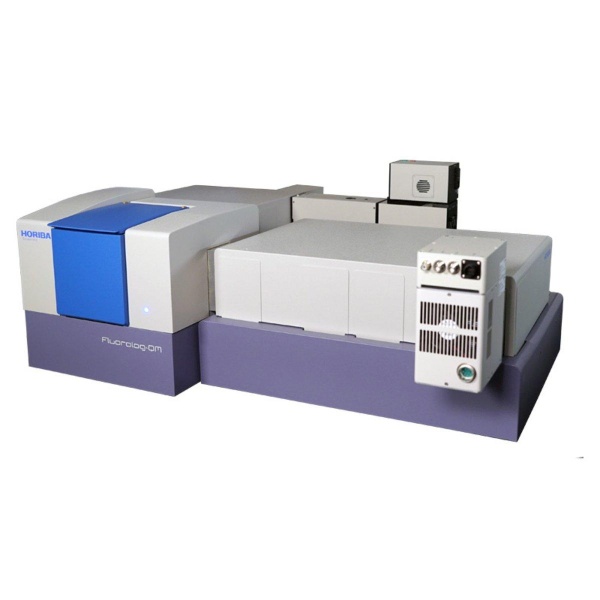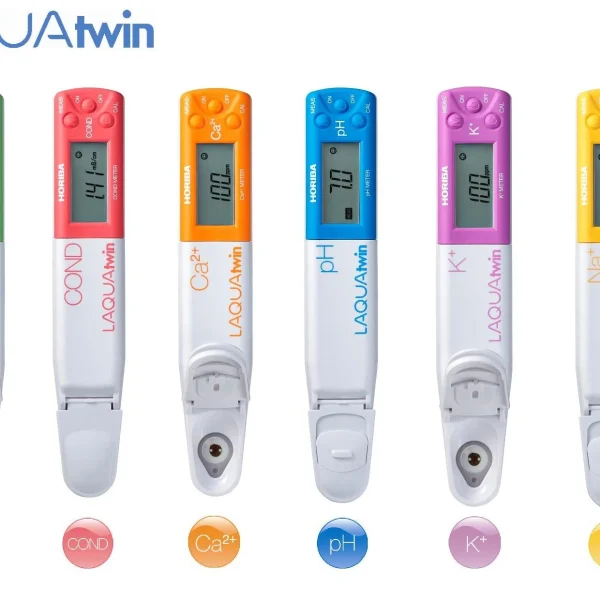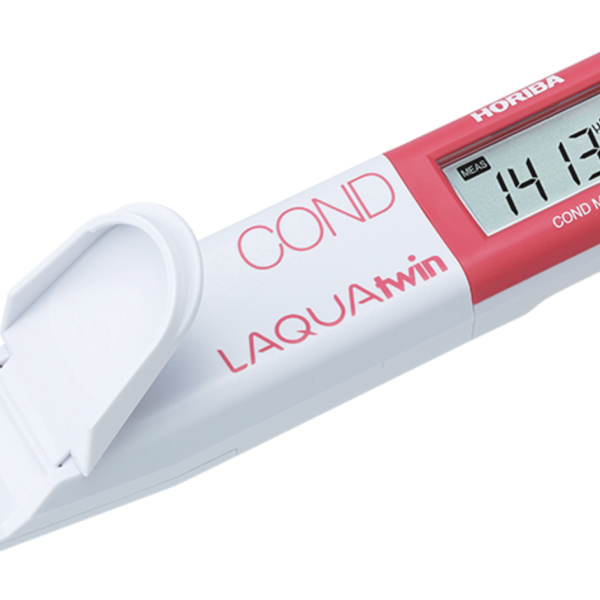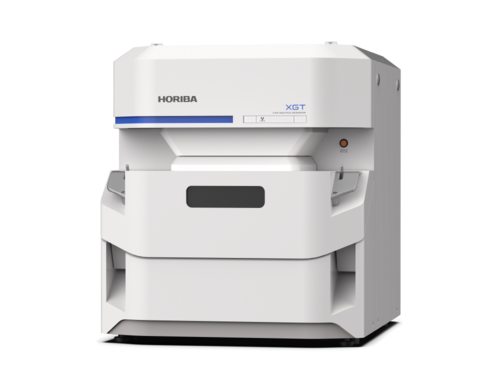Aqualog – Environmental Water Research Analyzer | Horiba
The HORIBA Aqualog is a unique optical spectrometer that is the gold standard in environmental water research around the world for the study of color dissolved organic matter (CDOM). The HORIBA Aqualog vastly improves the speed with which fluorescence EEMs are collected, dramatically increase the dynamic range across which EEM fingerprints are quantitative, and simultaneously acquires absorbance spectra for absorbance and color analysis of non-fluorescent molecules present in water. We call this technique that the Aqualog employs, an Absorbance-Transmission Excitation Emission Matrix, or A-TEEMTM.
Resources:
Features & Benefits:
Up to 100 fold faster data acquisition rates than any other benchtop fluorometer.
Table-top instrument based on a CCD detector for fast simultaneous readout of the entire emission spectrum.
Software routines automatically correct data for inner filter effects, Rayleigh line scattering, water Raman scattering, normalize the intensity scale, and export data for analysis in industry standard 3rd party packages.
Table-top instrument based on a TE cooled CCD detector for fast simultaneous readout of the entire emission spectrum, means less analysis time or more samples.
Analysis of samples with orders of magnitude variation in concentration without the need for tedious dilutions.
Eliminating sample aging, bleaching and dilution issues as experimental variables. AqualogTM measures fully corrected EEMs in seconds. Rapid acquisition reduces bleaching compared to ‘scanning’ instruments that require up to 100 times longer data collection, exposing the sample to damaging UV wavelengths the whole time.
The instrument is fully automated.
Software: The Aqualog software automatically:
– masks the Rayleigh scatter lines;
– normalizes to traceable intensity standards (Quinine Sulfate or Raman Scattering);
– offers 2-dimensional profiling of the ‘integrated’ excitation and emission spectra from EEMs;
– corrects and batch exports the data for multivariate analysis using the industry standard Parallel Factor Analysis (PARAFAC) method, reducing data analysis time by a factor of ten.
Corrected UV-VIS absorbance detection path for stability and accuracy.
Double grating excitation monochromator for superior stray light rejection.
Matching bandpass for absorbance and fluorescence spectra.
The optics: We only use aberration-corrected mirrors (no lenses) to increase the wavelength range, for you cannot get good anti-reflection coatings from 200 nm up through 850 nm or above. Lenses also suffer from chromatic aberrations, meaning different wavelengths focus at different depths in the samples, and consequently you lose sensitivity.
Gratings: HORIBA, previously known as Jobin Yvon, has been designing and making ruled and holographic gratings for over 50 years. We use plane-ruled gratings in our instruments as opposed to cheaper holographic ones, because ruled gratings are much less dependent on polarization effects.
The excitation source is a 150 W ozone-free xenon lamp. It is mounted vertically to prevent sagging and keep the illumination of the sample optimal.
A photodiode reference detector monitors the intensity as a function of time and wavelength to correct for any change in output due age or wavelength, and ensure more repetitive measurements. This reference detector enables to correct both absorbance and fluorescence detector signals.
Technical Specifications:
Fluorescence Hardware:
Light source : Extended-UV: 150W vertically mounted xenon arc lamp.
Excitation range: 200 nm to upper limit of emission detector.
Excitation bandpass: 5 nm.
Excitation monochromator: Subtractive double monochromator.
Excitation gratings: 1200 gr/mm, 250 nm blaze.
Excitation wavelength accuracy: ±1 nm.
Choice of Detector: Red-extended.
Emission range: 250-800 nm.
Sensitivity: Water-Raman SNR > 20,000:1 (RMS method) (350 nm excitation, 30s integration).
Weight: 32.72 kg (72 lbs).
Dimensions: LWH (618 x 435 x 336 mm); (24″ x 17″ x 13″).
Absorbance Hardware:
Scanning range: 200-800 nm (UV lamp).
Bandpass: 5 nm.
Slew speed: Maximum 500 nm/s.
Optical system: Corrected single-beam.
Detector: Si photodiode.
Wavelength accuracy: +/- 1 nm.
Wavelength repeatability: +/- 0.5.
Photometric accuracy: +/- 0.01 AU from 0 to 2 AU.
Photometric stability: <0.002 AU per hour.
Photometric repeatability: +/- 0.002 AU (0 to 1 AU).
Stray light: <1% measure with Kl standard.
| Manufacturer | |
|---|---|
| Applications / Industries |
,
,
Evaluation of the chemical and biological parameters of water , , , , , |
Related products

DIDN'T FIND WHAT YOU WERE LOOKING FOR?
Our team is here to help you! Call us or leave us a message and an Apel Laser consultant will be happy to answer your questions and find personalized solutions for you.


